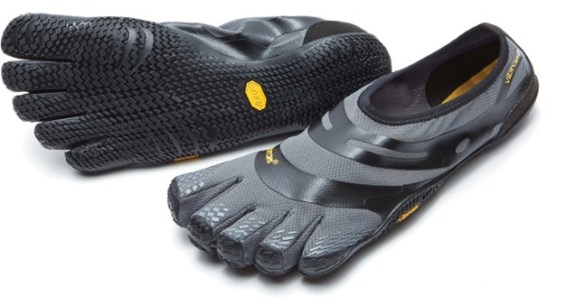Revised 2022-08-15
When the FIPJP released a new version of the rules in December 2016, umpires and players discovered that two sentences (marked [a] and [b], below) had been added to Article 35.
1) A warning, which is indicated officially by the showing by the umpire of a yellow card to the player at fault.
[a] However, a yellow card for exceeding the time limit is imposed on all the players of the offending team. [b] If one of these players has already been given a yellow card, he will be penalized by disqualification of a boule during the mene in progress or for the following mene if he has no more boules to play.
This change prompted many questions by players. Strangely, umpires often answered those questions with talk of “team” infractions and “team” penalties (Mike Pegg), and talk of “collective” infractions and “collective” penalties (the French National Umpires Committee). The problem with these answers is that in petanque there are no “collective” offenses or penalties. There are only individual offenses and penalties. Article 35, for example, begins by saying that a warning is indicated “by the umpire showing a yellow card to the player at fault.”
What the new sentences in Article 35 did was to add a new rule about individual penalties.
- The first time that any member of a team violates the 1-minute rule, the umpire will give an individual penalty to each player on the team.
This is what the umpires meant when they talked about a “team” or “collective” penalty. They were referring to situations in which an umpire must award an individual penalty to each of the players on the team.
The new sentences in Article 35 raised questions penalty escalation. Penalty escalation is the vague tradition that repeated offenses should be punished with increasingly severe penalties. (For example, the unwritten rule-of-thumb for umpires is— First offense gets a warning; second offense gets a disqualified boule.) So players naturally asked— “What happens if one of the team’s players exceeds the 1-minute time limit for a second time?”
The answer was— The first time that a player exceeds the time limit, the umpire gives each member of the team a warning (a yellow card). Thereafter, if a player breaks any rule (including the 1-minute rule), the umpire shows an orange card, and disqualifies a boule, for only that particular player. This was confirmed in January 2017, when the CNA (the French National Umpires Committee) released a memo that confirmed that “There is no such thing as a collective orange card. An orange card can be given only to the direct author of an infraction.” In August 2019, Mike Pegg confirmed this ruling on his “Ask the Umpire” Facebook group[1].
But the story doesn’t end there. Sometime in 2021 something changed.
The 2021 “Penalties” document issued by the CEP Umpiring Commission (Mike Pegg, Patrick Grignon, and Sjoerd Pietersen) says (in the introduction) that if a team exceeds the 1-minute limit for a second time, “the penalty would be the disqualification of one boule (orange card) per player— 3 boules in a triples game.” (See THIS or THIS.) In May 2022, Mike Pegg ruled on “Ask the Umpire” that all three players should have a boule disqualified for a second violation of the 1-minute rule. A little later, in July, a Masters de Pétanque umpire actually ruled that way.
It is hard to say how many umpires share this new interpretation of Article 35. For example, as of June 2022, the French National Umpires Committee still says that there is a collective card only for the first infraction of the 1-minute rule. See Annexe 32bis HERE.
FOOTNOTES
[1] See international umpire Mike Pegg’s ruling (dated August 15, 2019) HERE.
“In the first case it is the team that is given the warning , this applies to each member of the team. For the second “time” offence a boule is disqualified. This would normally be the boule just throw after exceeding the time limit. However, if the umpire stepped in, after the one minute and before the player had thrown their boule, it would be this boule, about to be played, that he/she would disqualify.”
See also our post on What does it mean to “disqualify a boule”?










 The rule requiring enclosed footwear has been in place in many national federations for a decade or more, but it first appeared in the FIPJP rules in 2016. Since then, it has attracted the attention of players, who have raised a lot of questions about the rule. Players like to play in sandals, and the most frequently asked question is “Are shoes like these allowed?”, submitted along with a photo of shoes that are closed around the toes and heels, but open elsewhere.
The rule requiring enclosed footwear has been in place in many national federations for a decade or more, but it first appeared in the FIPJP rules in 2016. Since then, it has attracted the attention of players, who have raised a lot of questions about the rule. Players like to play in sandals, and the most frequently asked question is “Are shoes like these allowed?”, submitted along with a photo of shoes that are closed around the toes and heels, but open elsewhere.